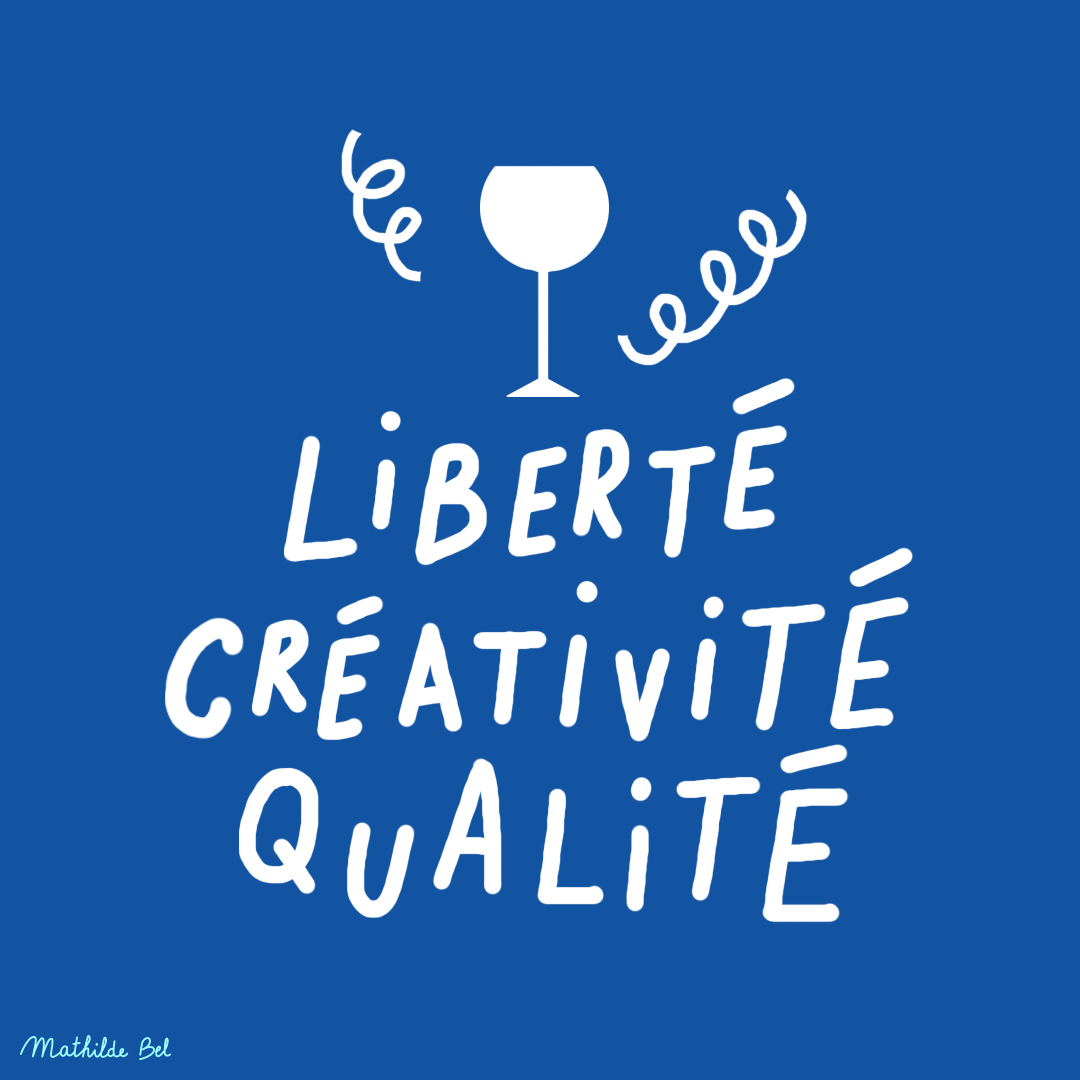Riesling de France
Wines color
Taste profile
Sweetness
Body
Acidity
Tannins
Alcohol
Table of contents
Encyclopedia
Origin
This grape variety, most likely from the banks of the Rhine River, is, according to published genetic analyses, a descendant of Gouais Blanc, which is the ancestor of many other French grape varieties, such as Chardonnay.
Aromas
Riesling has a highly specific, yet diverse range of aromas. Fruity flavors of lemon and dry apricot often pair with notes of lime blossom, smoke, soil and even spices.
Wines profile
Riesling can be used to make high-quality dry white wines that are very aromatic, lively and elegant. These wines are characterized by a high acid structure. As a result, they can be aged for several years, and their bouquet slowly evolves towards "petroleum-like" aromas that are highly sought after. When overripened or produced with noble rot, Riesling can make superb liqueur-like sweet wines.
Cultivation areas
With the exception of a few parcels in the southwestern Mediterranean coast, Riesling is almost exclusively grown in northeastern France, near the banks of the Rhine.
Precocity
Riesling is a relatively late budding variety, as its budburst occurs 5 days after that of Chasselas, the benchmark. It ripens much later, however, generally 3 weeks after Chasselas. This makes Riesling a Period II grape variety.
Vigor
Fertile and vigorous, Riesling is not highly susceptible to springtime frosts, as it does not bud early. If there are late frosts, it manages to produce new fruit quite well. This variety must be pruned long and trained. Its vine stocks are somewhat susceptible to drying out.
Soils
Riesling’s favorite soils are varied, with higher proportions of limestone or granite. Schist and slate, however, enable wine growers to obtain rich, powerful wines with an intense range of aromas. As long as the soils are well exposed and drained, Riesling will ripen and provide wines of great quality, even more so if the yields of this vigorous grape variety are limited.
Climat
Riesling stands up well to harsh winter colds, and grows nicely in cool, continental climates. It is without a doubt the most commonly grown northern grape variety. For best results, it requires a long ripening period, with a lot of sunlight and, if possible, only light rainfall.
Susceptibility to diseases and pests
Riesling is susceptible to gray mold, anthracnose and grape berry moths. In some conditions, gray mold infestations on stalks can lead to berries falling off before full ripening.
Use
Riesling is used only to produce wine, and truly stands out for its sweet and liqueur-like wines.
Descriptive elements
Riesling can be recognized by its small bunches and berries, which are slightly flattened. It can also be identified by its new shoots, whose internodes are red or have red stripes. The tips of its young shoots are densely covered with flat-lying hairs. Riesling's young leaves are yellow with slightly bronze patches. Its adult leaves are orbicular with five (or seven) lobes, and the petiolar sinus has overlapping lobes. The lateral sinuses are deep with a U-shaped base. The leaf blade has teeth that are medium-length with convex or rectilinear sides. As well, there is little to moderate anthocyanic pigmentation of the veins and the leaf blade has a slight waffle-like pattern. On the underside of the leaf, there is a moderately dense coat of upright hairs and sparse flat-lying hairs.
Clonal selection in France
The three approved Riesling clones (specifically named Riesling B) are numbers 49, 1089 and 1091. Nearly 190 clones were planted at a conservatory in Alsace in 1997.
